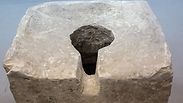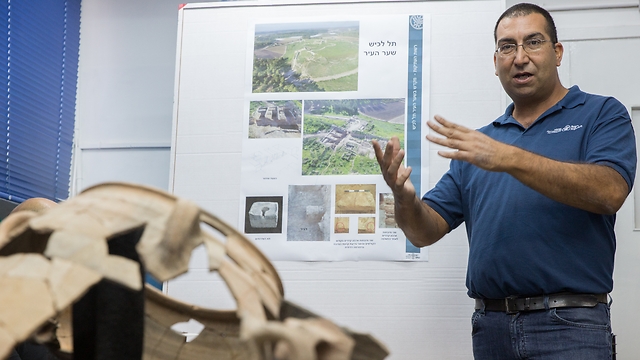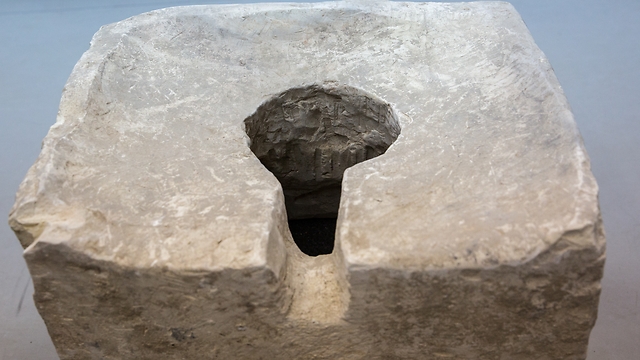

First Temple era gate shrine unearthed in Israel
The city gate is approximately 24 by 24 meters in area and contains six chambers, three on each side of the main city street; 'The size of the gate is consistent with historical and archaeological data that indicates Lachish was a major city and the most important one after Jerusalem.'
Archaeologists in Israel have unearthed a city-gate and shrine dating to the First Temple Era. An Israel Antiquities Authority (IAA) team headed by Sa’ar Ganor discovered the ruins in the Tel Lachish National Park.
“Tel Lachish was the most important city in Judea, after Jerusalem,” Ganor told Tazpit Press Service (TPS). “This is the biggest city-gate we have found in the Land of Israel.”
“The size of the gate is consistent with historical and archaeological data that indicates Lachish was a major city and the most important one after Jerusalem,” continued Ganor.
The city gate is approximately 24 by 24 meters in area and contains six chambers, three on each side of the main city street. Ganor said that the size of the gate, as well as the discovery of engraved benches, appears to match the Biblical narrative.
“The city gate was the place where ‘everything’ took place; City elders, judges, governors, kings and officials – everyone would sit on benches in the city gate,” explained Ganor.
Researchers also discovered a plethora of smaller artifacts, including dozens of pottery jars, utensils (scoops) and ancient bowls.
“On the handles of the jars we found ancient government seals written in ancient Hebrew script. One of the stamps was inscribed with the message ‘To the King of Hebron.’ Another translated as “to Nachum, my servant,” who was a city official during the reign of King Hezekiah.”
The city-gate was large enough to have included an ancient shrine as well. Archaeologists found a staircase leading to two rooms, one of which included a bench that served as a religious altar while the second was apparently a “Holy of Holies.”
The excavation team also discovered additional details indicating a desecration of the shrine, possibly by King Hezekiah.
“Inside the Holy of Holies, we found two altars with four truncated horns,” shared Ganor. “King Hezekiah broke the horns when implementing religious reform as he pushed for everyone to only perform Temple rituals in the Temple in Jerusalem.”
“There was also a toilet in the room,” he added. “We know in the Bible that the sanctity of such shrines was by placing a toilet in the Holy of Holies.”
Ganor also discovered a war scene full of weaponry used in battles between King Hezekiah’s forces and the Assyrian King Sennacherib’ invading army that managed to destroy the gate in 701 BCE.
“We found arrowheads and other weapons showing that there was face-to-face fighting between Hezekiah and Sennacherib,” Ganor said to TPS. “It’s like taking the Bible and holding it in your hands.”
Reprinted with permission from TPS

















